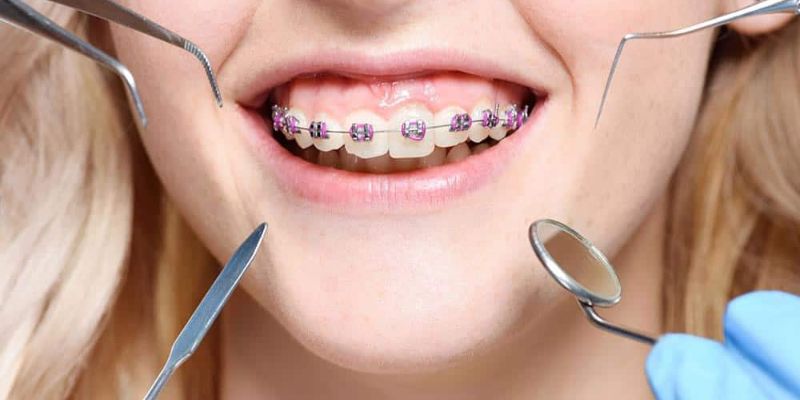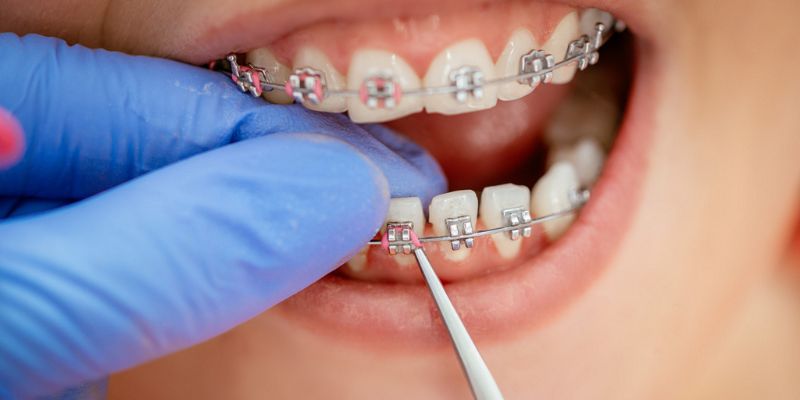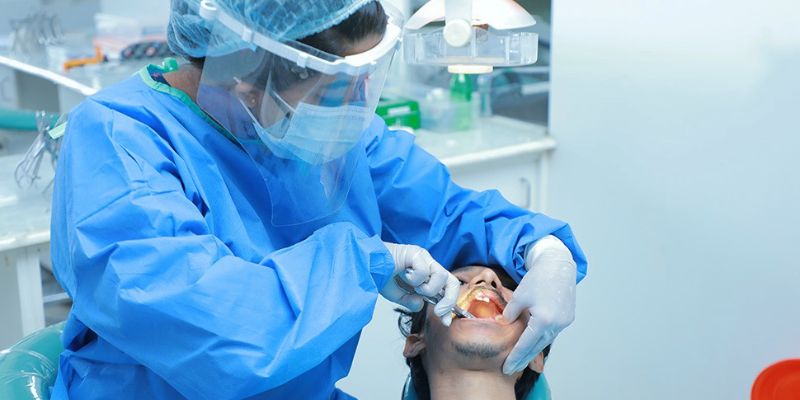Correcting jaw problems is the focus of the specialized field of dentistry known as dentofacial orthopedics. Most patients with excruciating tooth pain, jaw pain, and persistent headaches can disregard the symptoms because they are unaware that they are evidence of jaw misalignment.
Even though patients are concerned about smiling and speaking in public, they may still feel it is too late to address their orthodontic issues if they are aware of them. Orthodontic issues commonly make it difficult for people to properly brush and floss their teeth, which raises the risk of tooth decay and gum disease.
An orthodontist has proper training and experience in dentofacial orthopedics. They can work with orthodontic procedures and understand head and neck developments and facial growth, and their treatments can help you overcome your dental problem. Read further to see the treatments and benefits of dentofacial orthopedics.
What is the definition of dentofacial orthopedics?
Dentofacial orthopedics helps people with growth problems of the mouth and teeth. Its main focus is the jaw structure, which deals with repairing or improving facial deformities caused in the teeth due to head and neck development.
Dentofacial orthopedists can treat jaw offsets and dental dysfunction. While many adults believe that only children and teenagers can benefit from dentofacial orthopedics, this branch of dentistry concerns everyone. Therefore, dentofacial orthopedics helps fix dental malposition in young and older people.
However, children are likely to benefit the most because of their facial development. Parents need to monitor malocclusion signs, especially after permanent teeth begin to replace milk teeth. However, early detection can save your child from having painful orthodontic problems in the long run.
Dental misalignments cause blockages in tooth positions and jaw growth. If the malocclusion is not serious, a few orthodontic devices can help correct the teeth and jaws. However, it is impossible to improve placement if your child still has baby teeth. Therefore, your child can still visit an orthodontist to prepare the jaw for proper positioning when permanent teeth begin to sprout or become firmer in the teenage phase.
Indeed, kids are the best candidates in this field of dentistry, but they do not undergo surgery like adults. Your child’s dentist can correct malocclusion at an early age before it gets serious. But, for most adults, surgery is needed due to their stage of bone development. The surgery can repair or fix jaw issues or facial bone structure.
Children’s teeth alignment is easier than adults’ because their jawbones are not hardened. Dentofacial orthopedics experts repair teeth and jaws regardless of severity.First, they diagnose the problem before giving their patients the different treatment options that will work for them.
Everyone’s primary purpose for receiving dentofacial orthopedic treatment is to have properly arranged teeth. A good occlusion means that your jaws are harmonized, which will prevent all kinds of dental problems in the future. When you receive orthodontic treatment, brushing and flossing your teeth will be easier. Therefore, your chances of having tooth cavities will reduce due to less wear and tear.
In orthodontics, it is easy to identify an early malocclusion sign. Parents who take their kids on regular visits to the dentist at an early age save the child from tooth cavity problems and provide an excellent pathway for properly aligned teeth once permanent teeth begin to grow.
At the early age of three, your child’s dentist can spot a potential malocclusion, so you can act immediately to avoid a long-term and mutilating treatment in the future. The following are some early malocclusion symptoms:
- Pointy temporary teeth.
- Tight spaces between temporary teeth indicate that a developing tooth lacks a palate.
- The lower and upper teeth do not meet each other.
Furthermore, when your teeth are not utilized correctly for biting down or chewing, there will be no wearing. If the lower jaw or your teeth are not utilized correctly for biting down or chewing, there will be no wearing. The lower jaw, or mandible, is arranged under the upper jaw, or maxilla. As a result, the jaw joint may be crushed.
Dentofacial orthopedic treatments
Here are some common dentofacial orthopedic treatments that can help restore your smile:
Treatment with braces
 Using braces to move the teeth is one of the essential dentofacial correction procedures. Your orthodontist can recommend using basic appliances like traditional braces, which you can wear for up to a year or more, depending on your treatment plan.
Using braces to move the teeth is one of the essential dentofacial correction procedures. Your orthodontist can recommend using basic appliances like traditional braces, which you can wear for up to a year or more, depending on your treatment plan.
Treatment with alignment trays
While many people suffer from chronic dental problems, some people only have mild malocclusions. Their treatments can involve the use of clear aligners for Invisalign. Adults prefer this orthodontic procedure because the tray is nearly invisible and treatment is fast. It is also more comfortable, as you can remove it and wear it again.
Jaw correction procedures
This is an advanced dentofacial orthopedic procedure carried out by professionals to correct an unparalleled jaw. This correction surgery is for people with a more complex orthodontic condition, as it can help reconstruct the full mouth.
Other types of dentofacial orthopedic treatments include retainers, boxes, or pins. Treatments are not the same for everyone because some malocclusions are more serious than others.
Benefits of dentofacial orthopedics
 Dentofacial orthopedists help analyze jaw and bone deformities that cause the teeth to look unattractive.
Dentofacial orthopedists help analyze jaw and bone deformities that cause the teeth to look unattractive.
The following are the benefits of getting dentofacial treatments:
- When discovered early, it grants painless treatments for orthodontic issues like crowded teeth, crooked dentures, or uneven jaw problems.
- Early dental treatment or regular visits to the dentist can reduce the risk of severe dental and jaw problems in the future.
- Dentofacial orthopedics focuses on improving your appearance. Therefore, it treats your teeth and uplifts your general facial structure.
- The procedure helps improve and maintain good oral health as it is easier to clean properly arranged teeth.
Conclusion
You should seek orthodontic treatment if you have malocclusion problems to help strengthen your jawbone and coordinate the growth of your face through simple appliances or corrective surgery.
A qualified orthodontist can offer the greatest care and assist you in improving your nasal and dental functions. In order to reduce the likelihood of tooth trauma, the treatment will also assist you in detecting early oral and dental problems.


